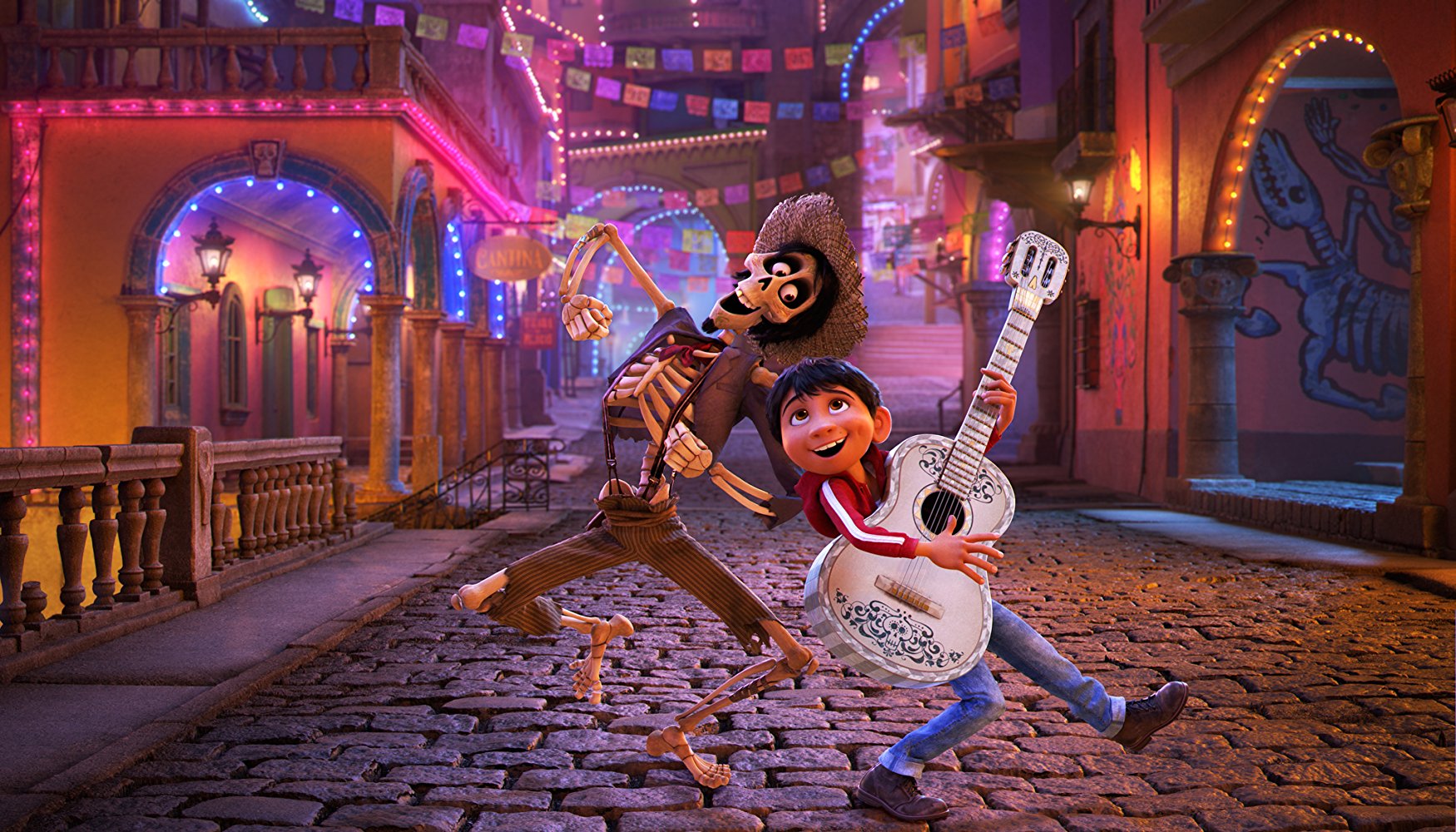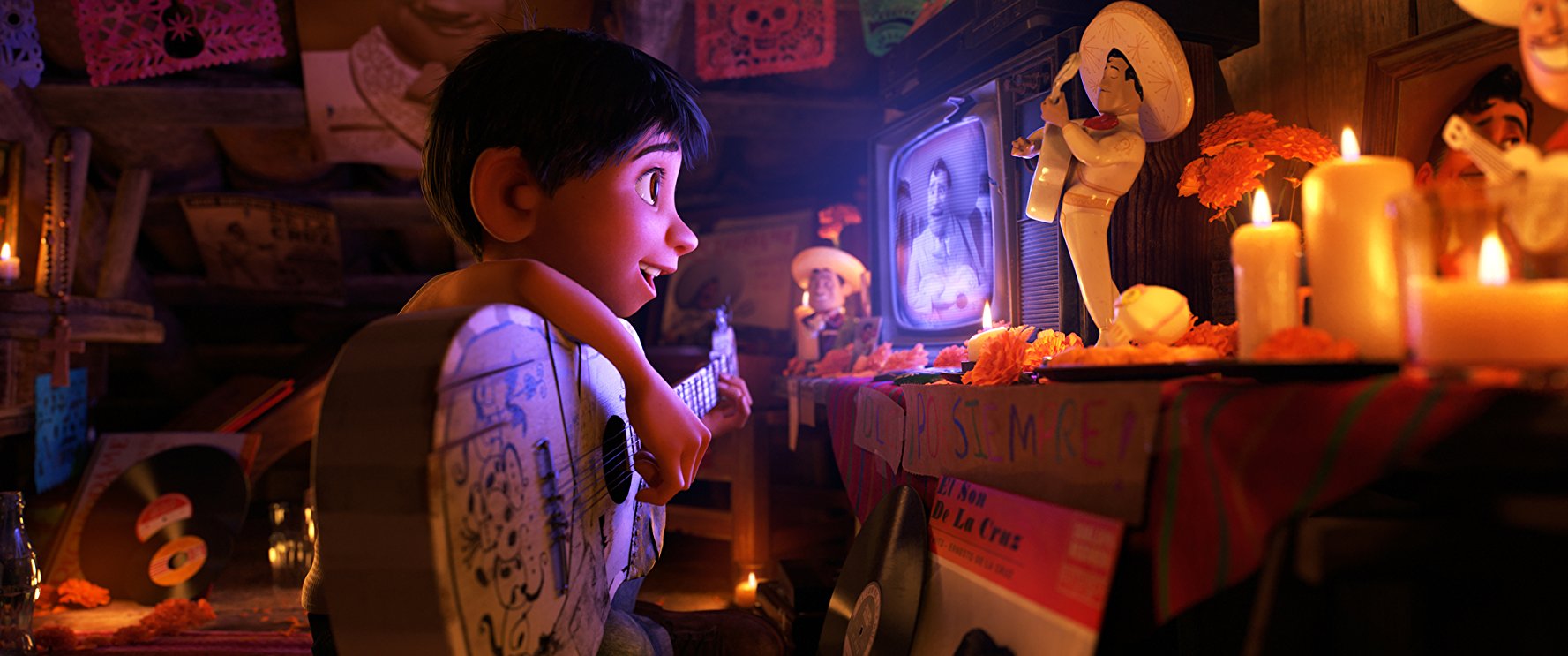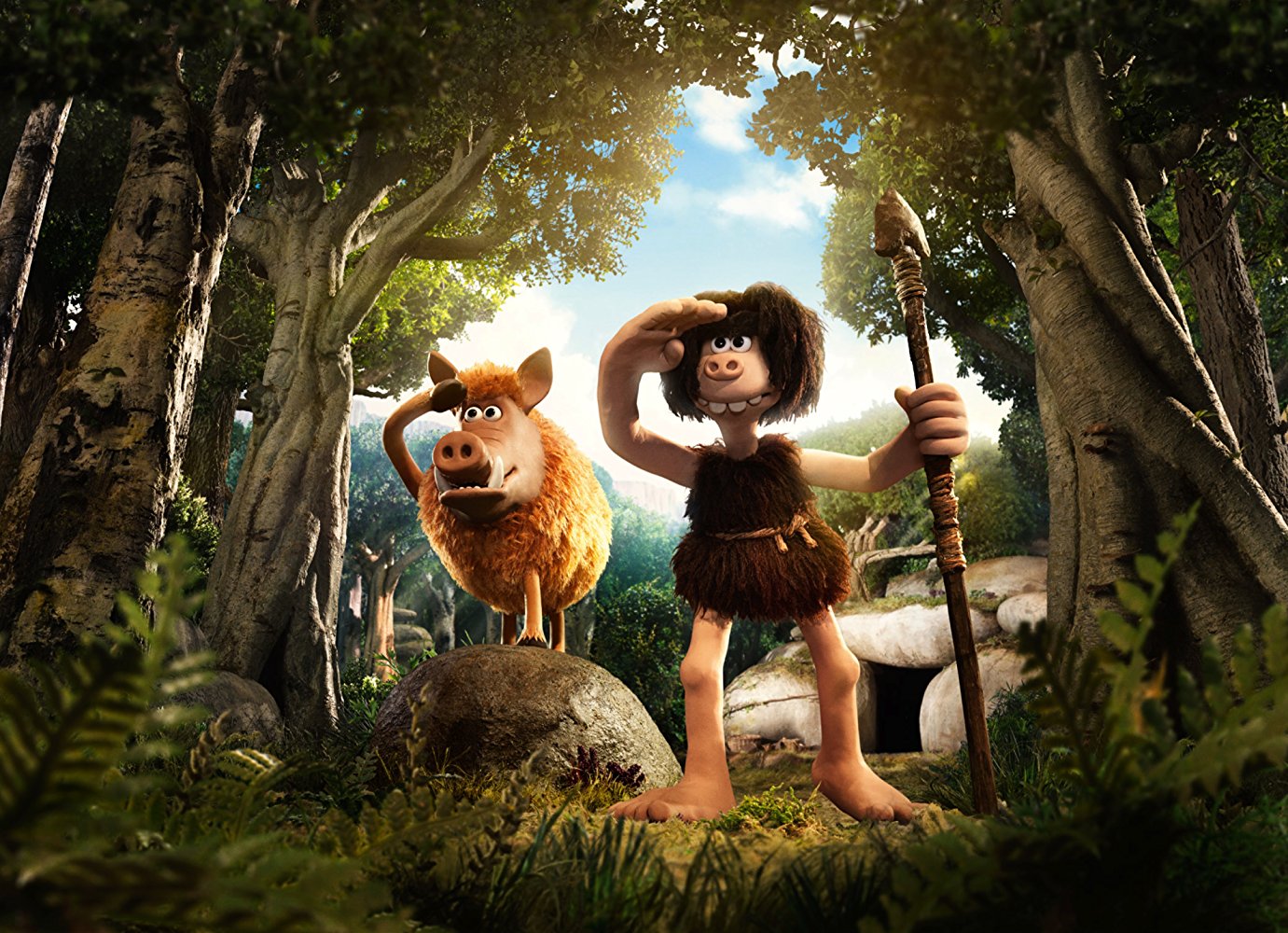Coco Review

Genre: Animation, Adventure, Comedy
Directed by: Lee Unkrich & Adrian Molina
Starring: Anthony Gonzalez, Gael García Bernal, Benjamin Bratt, Alanna Ubach, Jaime Camil
Before it was even close to being released – in fact, years away from completion at all – Pixar’s Coco had garnered significant attention. Firstly, there came reports in May 2013 that Disney was trying to copyright the term ‘Dia de los Muertos’ for an upcoming, as yet untitled, Pixar film. Then, there were those who had – rightfully, I might add – adored the criminally underrated The Book of Life (the passion project of writer-director Jorge R. Gutierrez, produced by Guillermo del Toro), and who took issue with the similarity between the films. There were even rumours that Gutierrez had pitched to Disney/Pixar and was turned down, but Gutierrez later refuted the claims, confirming the film rights were at DreamWorks in 2007. Nevertheless, the fact that both films fit into the musical fantasy genre, both centre around the Day of the Dead, and both feature a character who defies his family, their family business and history, which ultimately saves the day and consequently restores their relationship, is impossible to ignore.
Coco, specifically, begins with the recounting of the Rivera family in their small town of Santa Cecilia, going all the way back to how their legacy as shoe-makers began. Miguel (Anthony Gonzalez) is a young boy who longs to stray from this path, hiding away his upcycled guitar and shrine to Mexico’s greatest singer, Ernesto de la Cruz (Benjamin Bratt), while he obsessively watches his movies and mimics his fingers by way of teaching himself how to play. On this particular Día de los Muertos, Miguel teams up with your required cinematic streetsmart rapscallion Héctor (played by certified handsomest man Gael Garcia Bernal) to get back home and go after the future he wants for himself.
Shenanigans, music (songs were written by Germaine Franco, Adrian Molina, and composers of Lord of All Animation Frozen, Robert Lopez and Kristen Anderson-Lopez) and moments of heartwarmth and heartbreak ensue. Indeed, the first ten minutes of Up have a run for their money against the last twenty of Coco. The story twists might not be surprising, and chances are you’ll see them coming an hour away, but to your own bewilderment, you’ll be softly weeping anyway. Pixar up the game with each subsequent film and the detailed visuals in Coco have to be seen to be believed; there are bright spots of colour and light on every inch of the screen that only through endless re-watches can it all be taken in. The worldbuilding and imagination around the ‘culture’ is simultaneously joyfully creative, while also seemingly rooted and drawn from real traditions, beliefs, and imagery, making for an engaging and respectful combination.
Pixar up the game with each subsequent film and the detailed visuals in Coco have to be seen to be believed; there are bright spots of colour and light on every inch of the screen that only through endless re-watches can it all be taken in. The worldbuilding and imagination around the ‘culture’ is simultaneously joyfully creative, while also seemingly rooted and drawn from real traditions, beliefs, and imagery, making for an engaging and respectful combination.
At first glance the parallels between Coco and The Book of Life are indeed suspicious, but on further reflection what it uncovers is an issue of minority representation in film, particularly those made from global conglomerates who both need to make obscene amounts of money while also playing it safe and within the confines of a well-established Brand™. An apt analogy was used by the lyricist for the musical Fun Home. When accepting the award for Best Book of a Musical at the Tony Awards of that year, Lisa Kron described neglecting to tell stories of minorities as on par to living in a house and choosing to only use and see one room, ignoring the rest of the rooms and all the interesting people in them.
At this point, you might say Latinx individuals have been invited in, and we visit them, but they have to stay in the rooms wider culture wants them to be in. Music, the Day of the Dead – these are emblematic and often definitive parts of Mexican culture and life; certainly two of the very few positive elements portrayed, unrelated to drugs and/or violent crime. They are the parts gringos have taken a liking to, and have allowed into the house. The stories people want to see about Mexicans are musical, and they feature colourful skulls and ghosts. It’s no surprise that in a time where change in representation has only begun to shift, that these are the films greenlit by major film studios. That said, the two movies could and should coexist. The differences, at the end of the day, far outweigh the similarities. If we can see three different Spider-men in less than twenty years, we can handle two Mexican boys who play the guitar.
That said, the two movies could and should coexist. The differences, at the end of the day, far outweigh the similarities. If we can see three different Spider-men in less than twenty years, we can handle two Mexican boys who play the guitar.
With regards to the boycotting option by way of demanding variety, the reality is that there aren’t enough Latinx stories that we can pick and choose, certainly not ones made for arguably the most important demographic when it comes to representation – children. We can’t pick and choose, not while we’re still beggars. To add a personal note to the story, I saw Coco while visiting family in Brazil, in a packed screening, and the sense of joy and community in the room was palpable, even though it’s a story about Mexicans and not Brazilians. There is magic in knowing parts of a film were made for an audience like you – about an audience like you, and played by people who are like you.
Moreover, Coco is in its own right a beautiful film. The world is better with it in it. Even more than that, we need it to keep the door open for more stories.
★★★★


